Charles Skorina & Company
● RETAINED EXECUTIVE SEARCH ●
Our clients: visionary families, transformative nonprofits, Wall Street trailblazers
Our vision: build investment preeminence, create opportunity, enrich lives
Our work: provide talent, access, relationships, and insights
LATEST NEWSLETTER
“The true sign of intelligence is not knowledge, but imagination”
—Albert Einstein
You don’t have to reinvent the wheel to build a successful outsourced chief investment officer (OCIO) business, but it sure helps to connect the dots.
Despite countless paeans to AI these days, when it comes to OCIOs, there is very little new under the sun, and as most wide-eyed newcomers eventually come to admit, discretionary service providers are notoriously hard to scale.
Jon Hirtle of Hirtle Callaghan launched the first conflict-free, independent investment office managing family and institutional money in 1988. Forty years later, the OCIO industry is bifurcated, highly diverse, and intensely competitive with hundreds of OCIOs, RIAs, banks, brokers, and asset managers competing for discretionary customers. It’s a jungle out there.
But with the formidable forty-year swell in private equity, venture capital, credit, and infrastructure investing, OCIOs are matching capabilities with clients in creative new ways.
Dean Keith Simonton, Professor Emeritus of Psychology at the University of California, Davis, posits that “genius hunts widely—almost blindly—for a solution to a problem, exploring dead ends and backtracking repeatedly before arriving at the ideal answer.”
Boutique providers – that’s pretty much everyone under about one-hundred billion in AUM – such as Hirtle Callaghan, Commonfund, Makena, and McMorgan & Company, have spent years polishing their services and honing their competitive advantage. As the market grew and providers proliferated, firms adapted, combining traditional prix fixe solutions with selective a la carte services.
According to Cerulli Associates, “Amidst inflation, interest rate hikes, market volatility, and the changing implications of geopolitical conditions, asset owners are increasingly drawn to the OCIO model for the management of sleeves for alternatives and private asset classes for which they do not think they have the appropriate level of expertise.”
It’s all about access
Access to the crème de la crème of alternative managers challenges most tax-exempt institutions and family offices, but OCIOs, with the diversified endowment model as their template, have spent years sourcing and cementing relationships with top private equity and venture capital professionals. Providers now offer a variety of alternative sleeves for those who prefer specialized participation.
A few prescient firms have gotten even more creative. McMorgan & Company, for example, has an infrastructure fund not common in boutique outsourcers.
A few years ago, the company established a relationship with OMERS Infrastructure, the infrastructure investment arm of OMERS, a large Canadian pension plan that has been investing directly in infrastructure since 1999. This relationship has led McMorgan to create a fund which co-invests in certain deals alongside OMERS Infrastructure.
There’s nothing new about infrastructure funds, plenty of firms in the mix, but few boutiques take the time to build something special. The McMorgan Infrastructure Fund hews a path for prudent tax-exempt and family office investors.
Final thoughts
We’re in the executive search business, for those that haven’t already guessed, along with OCIO search and selection and the occasional consulting assignment, so job seekers send us resumes and call almost every day.
Most candidates hammer on about what they’ve got and what they want. Surprisingly few spend much time asking about what our clients want, the folks we care most about.
But now and then someone applies that “second level thinking” Howard Marks talks about. They surprise us by connecting the dots, by carefully researching a potential employer and asking, what does this company need and how can I give it to them, rather than ramble on about what they, the job seeker, wants.
Here’s an example, a story we heard some while back.
Read More »NEWS AND COMMENTARY
ABOUT
SKORINA IN THE NEWS
9-2-21 Forbes: Insiders say Yale missed an opportunity to add diversity to its iconic $31bn endowment.
9-1-21 Institutional Investor: How to Reach the Allocator C-Suite.
5-7-21 BloombergNews: Yale Names Alex Banker Interim Endowment Chief, Plans Search
5-6-21 The New York Times: David Swensen, Who Revolutionized Endowment Investing, Dies at 67
5-6-21 Forbes: Yale Endowment Chief David Swensen Leaves Legacy of Top College Investment Leaders
CHARLES A. SKORINA & COMPANY works with leaders of Endowments, Foundations, and Institutional Asset Managers to recruit Board Members, Executives Officers, Chief Investment Officers and Fund Managers.
Mr. Skorina also publishes THE SKORINA LETTER, a widely-read professional publication providing news, research and analysis on institutional asset managers and tax-exempt funds.
Our Practice:
• We recruit Board Members and Executive Officers, Chief Investment Officers and Senior Asset Managers.
• Our research and analytics are backed by over thirty years of hands-on recruiting experience and an unrivaled personal network.
• We collect performance, compensation, and background data on most senior institutional investment professionals in the U.S. and the funds they manage. We analyze that data to construct profiles of those managers and their funds, identify best-in-class people, and map their career trajectories.
• We share our research and insights in a widely-read professional newsletter – THE SKORINA LETTER – and website – www.charlesskorina.com.
• The New York Times, Wall Street Journal, Bloomberg, Thompson Reuters, Financial Times (Fundfire), Institutional Investor, Pensions & Investments, Private Equity International, and the institutional investment community use our research and analysis. Skorina has been interviewed on chief investment officer compensation issues on Bloomberg TV.
• Our work is regularly re-printed in Allaboutalpha.com and other industry magazines, blogs, and third- party web postings.
• We focus specifically and effectively on the world we know: Board members and Executive Officers, Chief Investment Officers, and Senior Asset Managers at institutional investment firms and funds – including sovereign wealth funds, endowments, foundations, pension funds, banks, investment banks, outsourced chief investment officer firms (OCIO), and sell-side money managers.
Prior to founding CASCo, Mr. Skorina worked for JP MorganChase in New York City and Chicago and for Ernst & Young in Washington, D.C.
Mr. Skorina graduated from Culver Academies, attended Michigan State University and The Middlebury Institute of International Studies at Monterey where he graduated with a BA, and earned a MBA in Finance from the University of Chicago. He served in the US Army as a Russian Linguist stationed in Japan.
Charles A. Skorina & Co. is based in Tucson, Arizona.


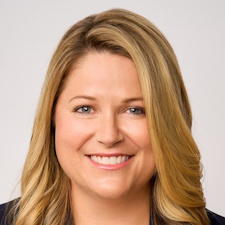
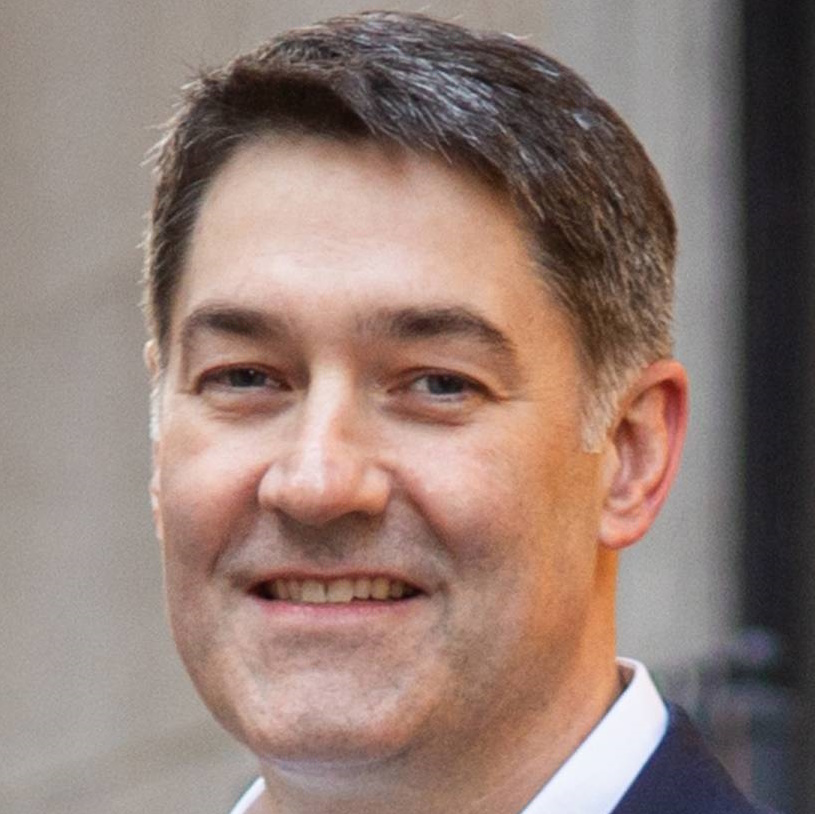
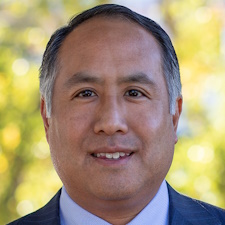
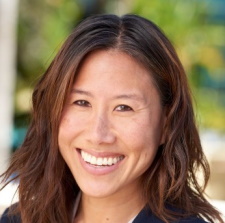


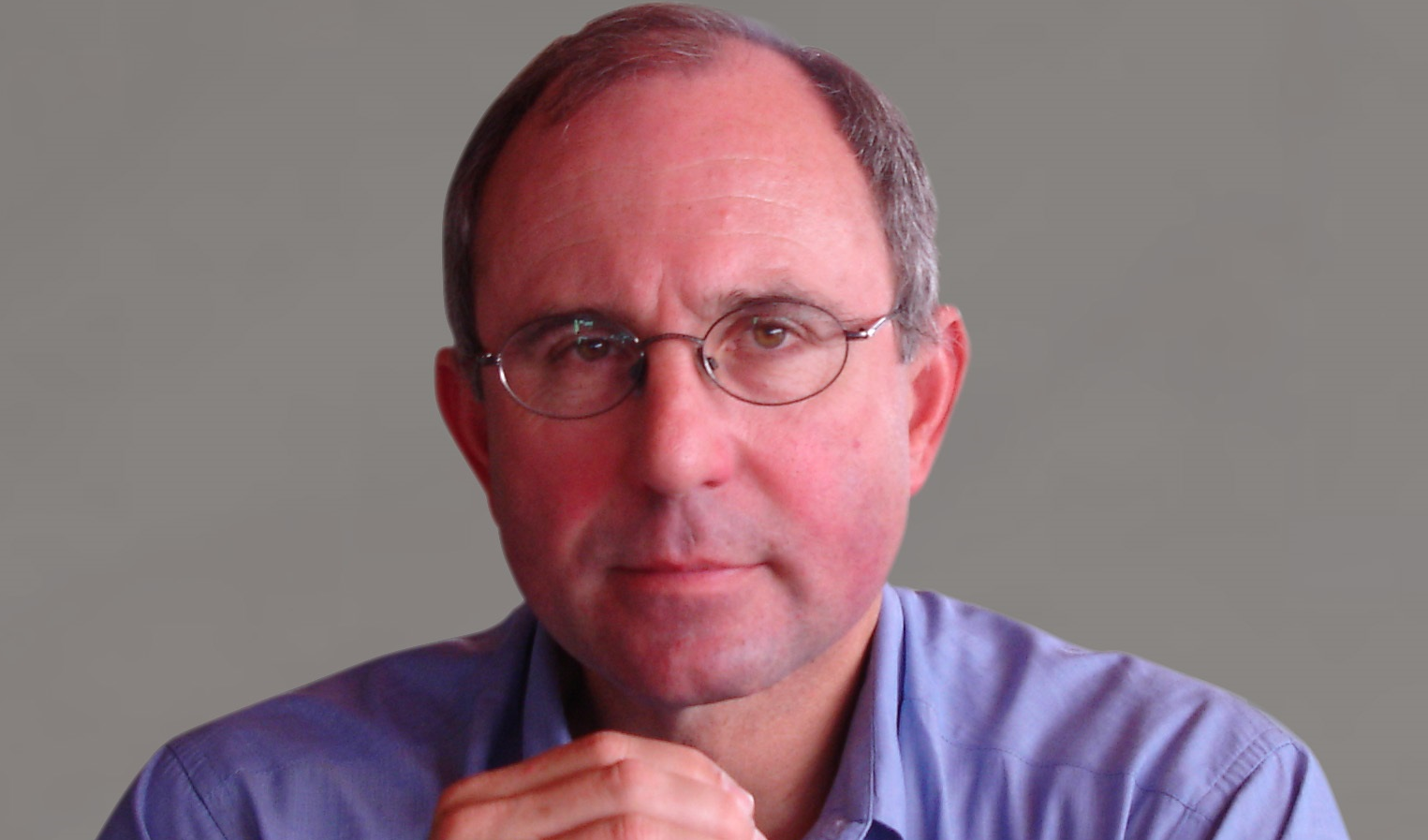



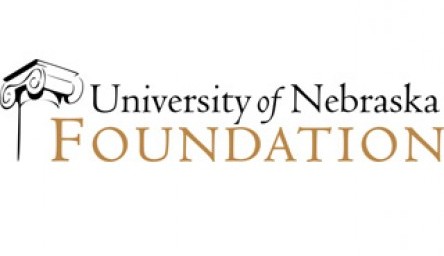
Why take a chance?
“If I had asked my customers what they wanted they would have said a faster horse.” —Henry Ford
If you were sitting on a college board today, would you take a chance and hire a young David Swensen or Paula Volent to manage the money? Radical thinkers cut from uncommon cloth?
Let’s reframe the question. If institutional investing is all about finding alpha and maintaining an edge, why are so many tax-exempt institutions investing and hiring alike?
Almost forty-five percent of U.S. tax-exempt money is invested with just ten active managers, nearly double the amount two decades ago. To quote one reader’s response to our recent query, “everyone’s in the same funds and there’s leverage everywhere.”
(click link for chart. Data from P&I, chart by Robert Snigaroff, President & CIO, Denali Advisors)
In theory, pensions, endowments, foundations, and the like seek active managers to obtain above-market returns. In practice, that doesn’t seem to be how it works.
A former large endowment CIO mentioned recently that his team would scour the globe for unique opportunities, but the first thing his trustees would ask when told of any rare find was “what other endowments have invested in this?”
Safety in numbers
Most trustees accept the position because they love their institution, and often pay for the privilege, but the reputational risks of sitting on a nonprofit board outweigh the rewards. Media assassinations felled some well-meaning board members recently.
Let’s be honest. If the David Swenson of 1985 applied for a CIO position at Yale today, he would not survive the first round of interviews — a young untested Wall Street banker, working on something called interest rate swaps? No way.
And how about Paula Volent, for twenty years the preeminent CIO at Bowdoin College, currently at Rockefeller University? Year after year she has crushed our endowment rankings.
But she was an art history major running a West Coast fine arts conservation business before her swing to a Yale MBA and money management. Would any college board dare hire someone with that background and mid-career makeover today?
The horns of our dilemma
Here’s our challenge. If boards want a “faster horse” they may not appreciate being shown EVs.
Our pool of investment talent includes hundreds of tax-exempt endowments, foundations, public and private pensions, health systems, associations, and charities, and thousands of for-profit analysts and managers at funds, family offices, OCIOs, RIAs, Wall Street banks, and asset managers.
Yet roughly sixty-five percent of endowment hires come from other endowments, a safe and like-minded cadre of about a hundred candidates.
But that’s not the only bottleneck. In the E&F world, men are twice as likely to land a chief investment officer position as women despite a near fifty-fifty split in staff roles. Our women in finance report focused on the time it took the double X cohort to reach CIO positions.
We counted heads and reviewed backgrounds and what did we find? Most female chief investment officers had an additional five to ten years of work history on their resumes compared to the men. In other words, the men were younger than the women when hired for CIO roles – ten years on average – with less experience.
And forget that hackneyed trope about taking a break for babies. Most served hard time at Morgan Stanley, Montgomery Securities, Goldman Sachs, and other financial firms while raising a family.
The gist is that board members seem more inclined to take a chance on younger men than younger women, which leaves fifty percent of the talent pool out to dry. We who recruit investment talent for industry-leading firms, funds, and families have learned that gender has no bearing on investment performance.
Words worth repeating
For those of us that hunt talent for a living, character, compatibility, and content are key. Character embodies the qualities that define the individual, compatibility – that elusive emotional IQ that Daniel Goldman writes about – builds trust, and content is knowledge and experience accumulated over a lifetime.
Read More »